OUR SUCCESSFUL JOURNEY THROUGH THE CEMENT INDUSTRY BEGAN IN 1955.
The beginning of Cementarnica USJE's story is closely related to the idea and the need to industrialize
Skopje, as well as to use the abundance of marl near the city. In July 1951, the Government of the People's
Republic of Macedonia decided to establish a company – Cement Plant USJE.
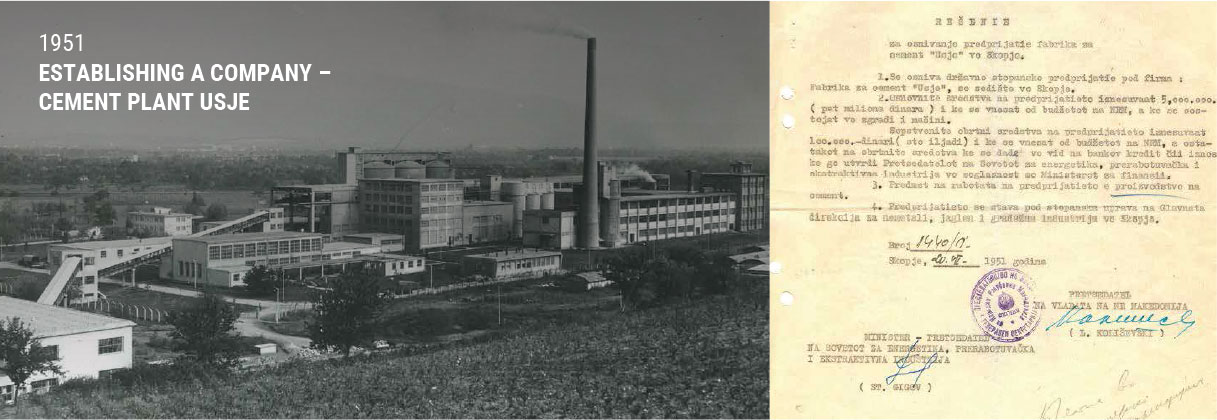
The need for a cement plant, complemented by the enthusiasm for construction and the favorable
conditions in the vicinity of the village of Usje, where the factory is located, have proven to be fertile ground
for a success story that has lasted for decades. Always with a solid strategy and a clearly defined goal,
USJE has written a history marked by the following important dates:
1955
The first rotary kiln (semi-dry process) was put into operation and since then there has been
a continuous production process.
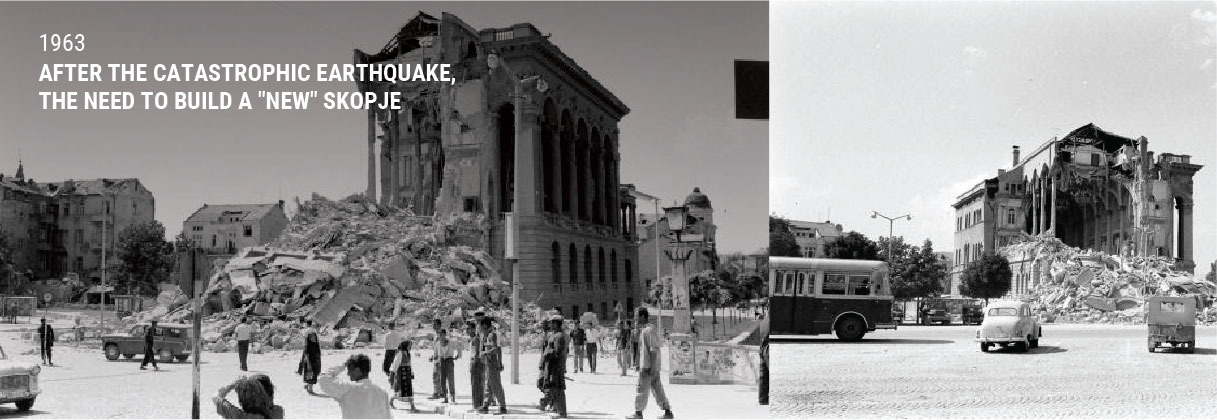
1963
After the catastrophic earthquake in 1963, the need to build a "new" Skopje, USJE stood up
to the challenge of meeting the growing demand for cement, creating the need to put a third
and fourth kiln into operation.
1967
New rotary kiln with preheater "Dopol" (dry process) was put into operation, which was
advanced technology at the time. At the time this was the highest-capacity kiln in
Yugoslavia.
In parallel with increasing the production of clinker, a new grinding facility was installed:
Cement Mill No. 4.
1972
The fourth rotary kiln with preheater "Dopol" (dry process) was put into operation.
Cement Mill No. 5 was also installed this year.
1974-1975
Automatic management of the raw meal production process was installed, which was a
state-of-the-art quality control system. With the introduction of this system, USJE
positioned itself as a leader in production automation in the region.
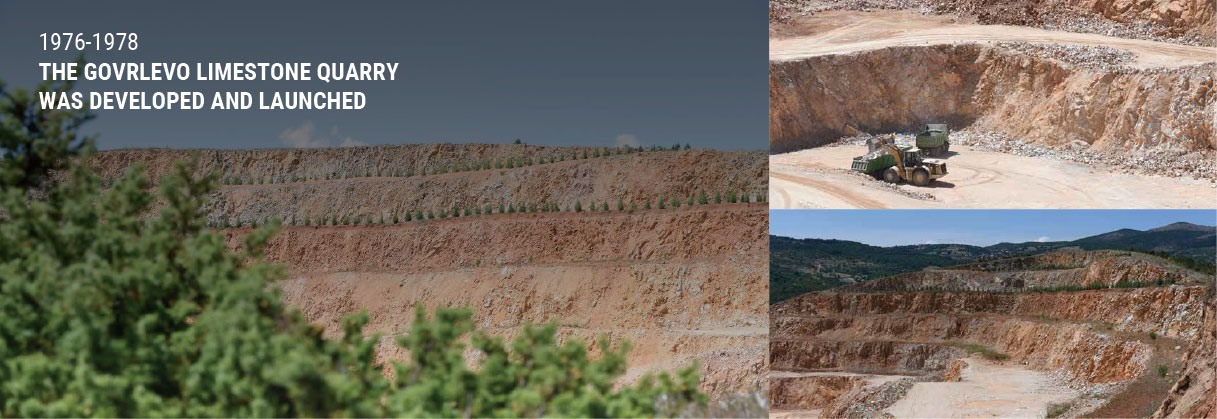
1976-1978
Due to the inconsistent quality of the marl (one of the most important raw materials for
cement production), the Govrlevo Limestone Quarry was developed and launched. The
variations in the marl's quality required the inclusion of a corrective component – limestone,
which allowed harmonization of the quality of the final product – cement.
In 1978, production of the hydraulic binder Usjemal began.
1979-1981
To fulfill the capacity of 2,600 t/day of clinker, new necessary investments were made:
increasing the capacity of the crusher, building a conveyor belt to the marl hall, purchasing
machinery for marl exploitation, replacing the clinker conveyor from the clinker cooler to the
clinker galery – from transporting it with a chain and rubber belt to a steel-plate conveyor.
Cement Mill No. 6. was also installed.
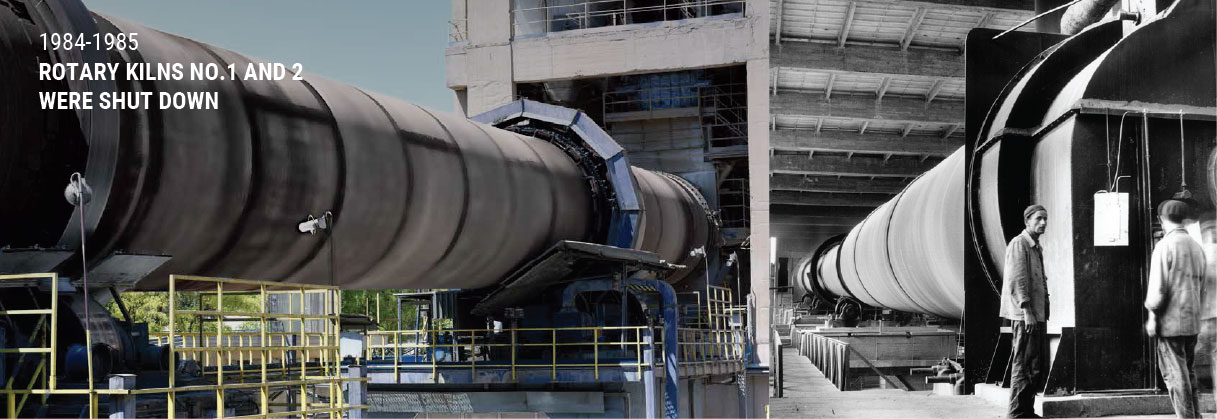
1984-1985
Rotary kilns No. 1 and 2 were shut down for being energy inefficient.
1988-1989
An investment was made in the production of ground anthracite, in cooperation with the
Split-based Dalmacija Cement and the Mining Institute Belgrade, and it was used as fuel at
USJE from 1991 to 1998.
1990
Cementarnica USJE was the first in the former Yugoslavia to install modern electrostatic
precipitators (Swiss-made) at clinker coolers, replacing the multi-cyclone dust separators.
This addressed the most critical points of the process when it comes to air and machine
protection.
1991-1993
In order to preserve the quality of the produced clinker, while at the same time avoiding
secondary dust emissions, silos with a capacity of 50,000 tons were built, the first of their
kind in the entire region.
1994
A new plant for the production of EPS insulation material was built and launched, and it
started being sold on the market under the trademark Usjepor.

1998
The process of transforming USJE into a joint stock company was completed, and the
TITAN Group and Holderbank (Holcim) submitted a joint investment bid. The entry of
Holderbank (Holcim) and the TITAN Group into Cementarnica USJE took place in September
1998. This formalized the largest-ever foreign investment in our country at the time. Later
Holderbank (Holcim) sold its stake to TITAN and the Group remains the sole owner of the
majority stake in Cementarnica USJE.
2000-2003
Cementarnica USJE's constant growth resulted in the launch of a ready-mix concrete
production plant.
The old electrostatic precipitators were replaced with new bag filters on Lines 3 and 4. With
the new modern bag filters, the dedusting efficiency was improved (~99%), so that today's
emissions do not exceed 10mg/Nm3 of the allowed 30mg/Nm3.
A new vertical solid fuel grinding mill, manufactured by the world-renowned company
Loesche, was installed and put into operation.
After long preparations, additional investments in equipment, such as silos, new dosing
scales, a transport and dedusting system, USJE started using fly ash as a mineral
component in cement in mid-2003. Thus, the company significantly contributed to
protecting the environment by reducing the use of natural mineral resources and the
amount of ash deposited in the Pelagonija region, where the ash pond of REK "Bitola" is
located.
2004-2008
Certified under quality system ISO 9001:2000.
Certified under environmental management system ISO 14001:2004.
Independent 24/7 continuous emissions monitoring system installed.
USJE became a member of the UN Global Compact network.
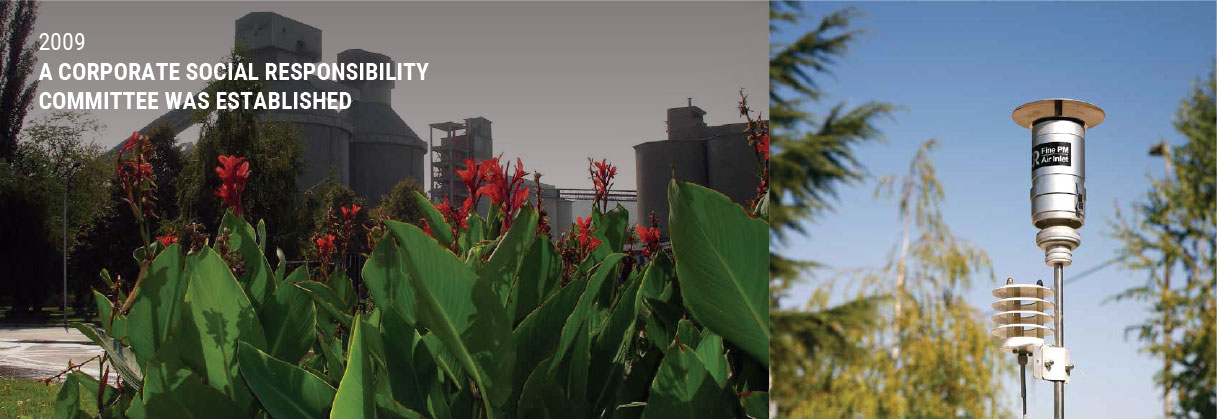
2009
For the first time in the country and the region, USJE started continuously publicly releasing
emissions monitoring data on its website.
A Corporate Social Responsibility Committee was established.
In line with the enduring commitment to socially responsible action in all segments and the
high level of safety of its products, the company invested around 700,000 euros in
equipment and technology for the reduction of hexavalent water-soluble chromium.
2010
USJE published its first Corporate Social Responsibility and Sustainable Development
Report, which was also posted on the UN Global Compact website.
The 1st Stakeholders Engagement Forum was held.
A health and safety management system was established.
2011
Certified under the OHSAS 18001-2007 health and safety management system.
The Ministry of Environment and Physical Planning issued to Cementarnica USJE an A-IPPC with Adjustment Plan.
USJE won a National Award for Best Socially Responsible Practices in the Environment
category and three plaques.
The 1st Company Open Day was organized with more than 900 visitors.
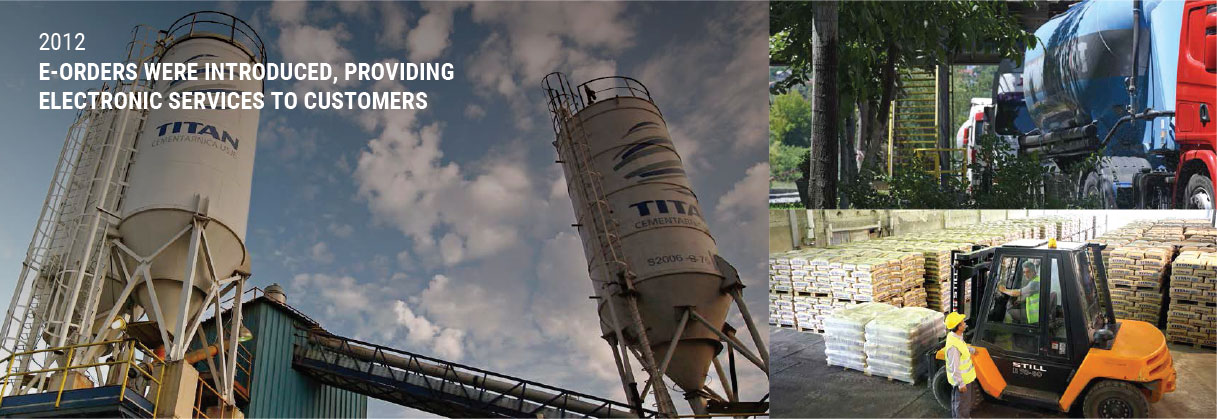
2012
E-Orders were introduced, providing electronic services to customers.
More than 40 silos and similar bulk cement storage equipment were made available to
buyers free of charge. Ongoing technical support to customers regarding their equipment
and preparation was provided.
2013
The first stormwater and street-washing wastewater treatment plant was put into operation,
and stormwater was separated from sewage.
Cementarnica USJE won the National Customer Satisfaction Award 2013.
2014
The Corporate Social Responsibility and Sustainable Development Report was verified by an
independent verification company.
An investment was made in NOx reduction equipment worth one million euros. Internal limit
values were set for maximum allowed concentrations of 600mg/Nm3 versus the legal
800mg/Nm3.
2015
The 60th anniversary of the founding of Cementarnica USJE was celebrated.
2016
The TITAN "Leading the TITAN Way" leadership platform was introduced and the European
Pact for Youth project launched.
2018
USJE introduced alternative fuel in its operating process.
Rulebook was adopted for the protection of persons who report illegal or unethical behavior
(whistleblowers).
An integrated quality and environmental management system was introduced.
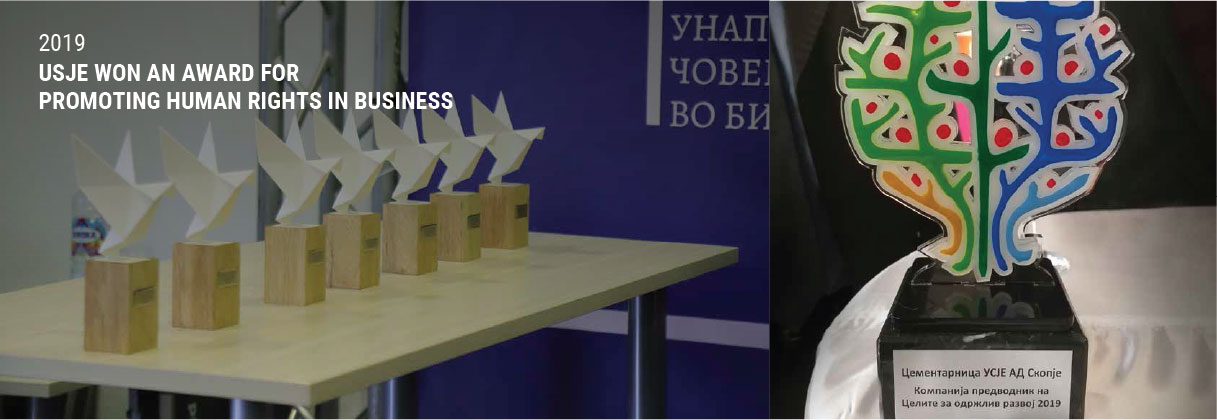
2019
USJE won the 2019 Sustainable Development Goals Leadership Award.
USJE won an award for promoting human rights in business.
2020
USJE launched a mobile application (TITANUp) for its customers.
USJE obtained an A-Integrated Pollution Prevention and Control Permit A-IPPC.


